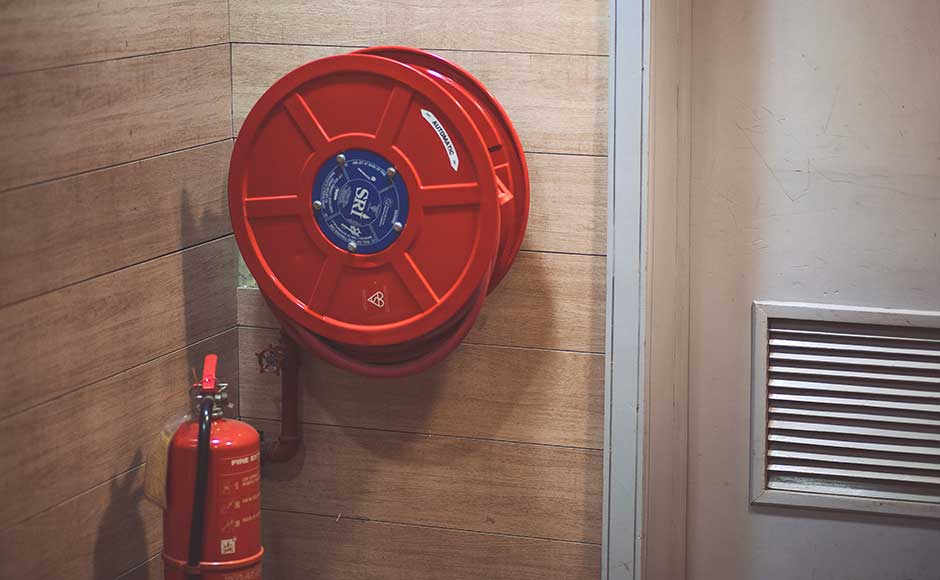Fire safety information and training
All staff (including stewards, volunteers, performers, visiting contractors and temporary and agency staff) and other relevant persons should be given information, training and instruction on the fire safety measures to be taken or observed on the premises, including the action to be taken in case of fire. The specific fire safety training needs of any young persons or persons with additional needs should also be considered when determining the content and delivery of training.
Staff training should take place as soon as possible after they are appointed and regularly at predetermined intervals after that, to ensure that they remain familiar with procedures. Information should be given to staff and other relevant persons whenever there is a change in the risk from fire, where changes have been made to the emergency fire action plan or other fire safety measures, or where working practices or people's responsibilities have changed.
It is unrealistic to expect that all visitors accessing the building have read the emergency fire procedures or received fire safety training prior to entry. Therefore, displaying the key emergency actions and other relevant safety notices at focal points throughout the building will allow persons to acquaint themselves as is necessary.
Training
Duty Holders and other persons nominated to assist with the fire safety management of each building should receive basic fire safety training.
A number of external training options are available to congregations and presbyteries:
- Fire Safety Management Training e-learning package
- Session conducted by the GT's on request
- Attending external fire safety training courses
Training should also be given when persons may be exposed to new or increased fire risks due to a change of duties, the introduction of new equipment or work processes, or where there has been a significant alteration to the building's layout.
Practical fire extinguisher training

It is a legal requirement to provide extinguishing equipment to fight small fires within buildings. It is therefore beneficial that key personnel are familiar with the location, type and practical use of the portable fire extinguishers available. Suppressing or extinguishing small fires will in turn reduce the potential harm to individuals within premises and can protect the fabric of the building from potentially extensive fire damage.
Fire extinguishers are designed to be used with limited training and display basic operating instructions on the body of each fire extinguisher or fire blanket. However, using supplied fire-fighting equipment shall be an individual judgement call at the time of any fire incident, with careful consideration of their personal safety at all times.
Where it is deemed too dangerous to tackle a blaze it is advised to try and contain it within the room or area of origin by closing doors or windows when evacuating away from the area and dialling 999 immediately.
Note: Records of fire safety training undertaken should be held on site, either electronically or in paper-based format, for audit purposes by the local enforcing authority, the Scottish Fire and Rescue Service.